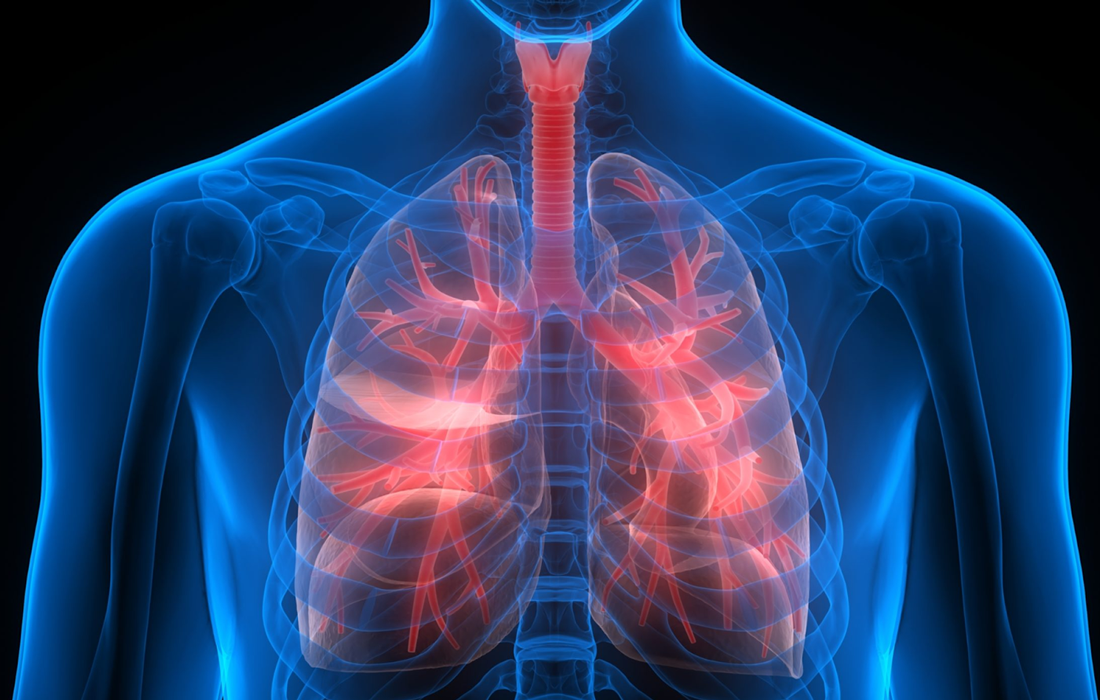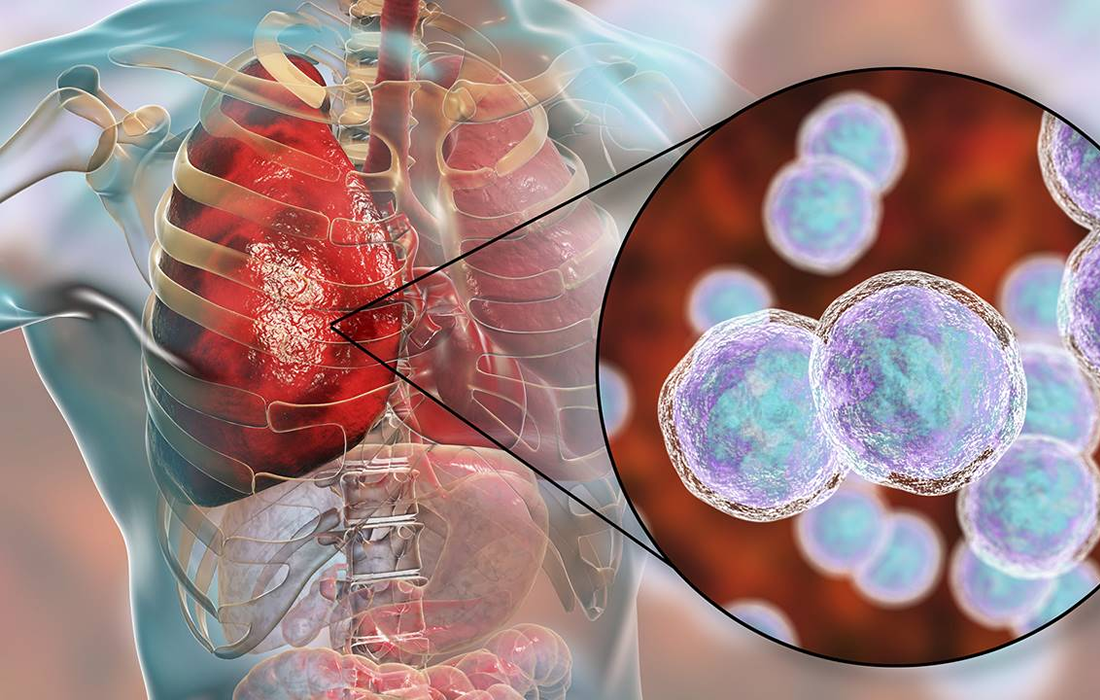Chronic migraine is less common than episodic migraine but is associated with a higher disease burden and cost. Some of these patients suffer from refractory migraines, which are persistent and debilitating headaches that are unresponsive to standard treatments. To be diagnosed with chronic migraine according to the International Classification of Headache Disorders, third edition (ICHD-3), […]
Monthly Archives: September 2022
The outbreak of Zika virus (ZIKV) in 2015 to 2016 attracted global attention due to the dire teratogenic effects caused by this mosquito-borne RNA virus, including microcephaly and fetal mortality in infants born to infected mothers . As such, intense research efforts to develop effective therapies and prophylactic measures have pressed on, although to little […]
The reproductive years of a woman’s life are regulated by production of the hormones estrogen and progesterone by the ovaries. Estrogen regulates a woman’s monthly menstrual cycle and secondary sexual characteristics. In addition, it prepares the body for fertilization and reproduction. Progesterone concentrations rise in a cyclical fashion to prepare the uterus for possible pregnancy […]
Pulmonary arterial hypertension (PAH) is a devastating disease that is caused by a progressive increase in pulmonary vascular resistance, largely because of severe remodeling of distal lung arterioles. By definition, pulmonary hypertension refers to the condition in which resting mean pulmonary arterial pressure (mPAP) is greater than 25 mmHg. Etiology The strict definition of PAH […]
Stem cell therapy for repair and regeneration of tissues and organs damaged by trauma or degeneration is now used in many fields of medicine. The mesenchymal stem cells are one of the major stem cell types used in regenerative medicine. They can be obtained from several tissues, including the subcutaneous adipose tissue, and used either […]
With increasing public awareness on cardiovascular disease (CVD) prevention, significant interest has focused on modifiable lifestyle risk factors, including the safety of coffee. Coffee is ubiquitous in most societies, with its main constituent caffeine the most commonly consumed psychostimulant worldwide. Historically up to 80% of health practitioners recommend avoiding coffee in patients with CVD. This […]
The skin is the largest organ in the body. It has an average area of about 20 square feet , that’s the size of a 4′ by 5′ room. Skin diseases affect about 84.5 million Americans. Aging, trauma, and environmental and genetic factors can lead to a wide range of skin conditions. The stratum corneum […]
Community-acquired pneumonia (CAP) is one of the most common infectious diseases addressed by clinicians and is an important cause of mortality and morbidity worldwide. Typical bacterial pathogens that cause CAP include S pneumoniae, H influenzae, and M catarrhalis. Numerous other organisms can cause CAP in the appropriate clinical setting. Furthermore, the so-called “atypical CAP” pathogens […]
Colorectal cancer is the third most commonly diagnosed malignancy among both men and women in the United States and the second leading cause of death from cancer worldwide. Diet has been recognized as an important modifiable risk factor for colorectal cancer. Meanwhile, ultra-processed foods (that is, industrial ready-to-eat or ready-to-heat formulations made of little or […]
Metabolic syndrome has been a worldwide problem for years, it is a multisystemic disease that includes high weight, high blood pressure, high fasting glucose, and is related with an insulin resistance and high risk to develop other conditions like Cardiovascular Disease. One of the possible causes of Dementia, mainly in the 70 year old population, […]










